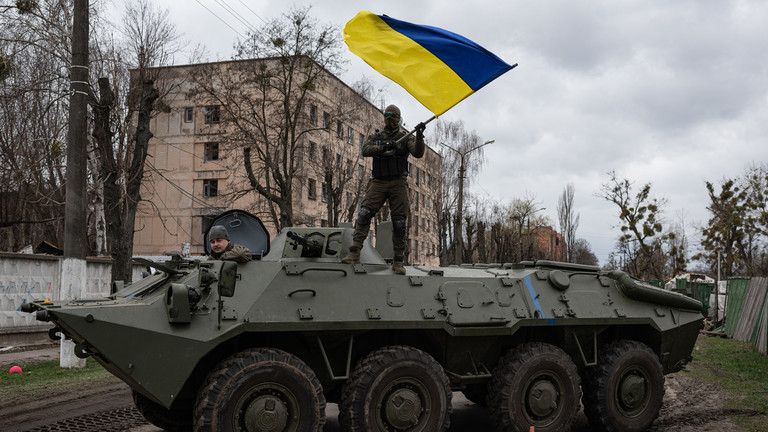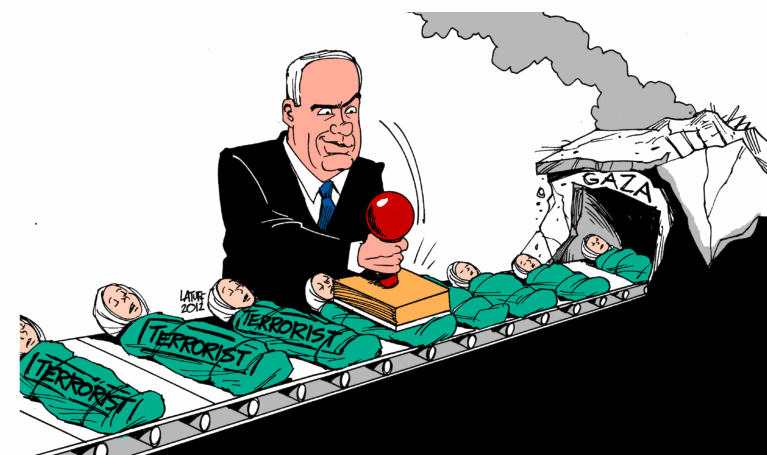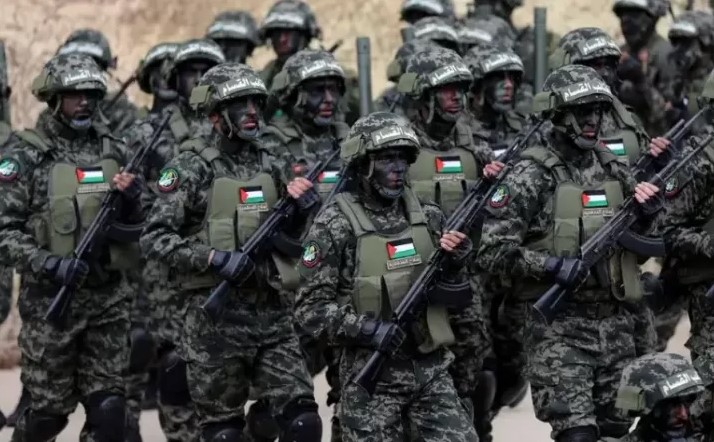
STRATEGIC ASSESSMENT. Sales of sophisticated conventional weapons have long been a key pillar of the Russian economy as well as a mainstay of its image as a global superpower. Russia was the world’s third-largest arms exporter in 2021 following the United States and France, falling from its number-two spot the prior year, according to a database by the Stockholm International Peace Research Institute. Russia’s conditions for agreeing to arms sales are far less stringent than those of the United States or the European countries, a factor that has historically attracted a wide range of buyers among authoritarian states with generally poor human rights records. China, Egypt, Algeria and India are the top foreign customers of Russian weapons.
However, Russia’s share of the global arms market fell from 24% during the four-year period of 2012-2016 to less than 20% during the 2017-2021 period. India – not only one of Russia’s largest arms customers, but also the number-one major arms importer in the world – began reducing its reliance on Russian weaponry long before the Ukraine invasion, decreasing its imports by 47% since the 2012-2016 period. China has developed a large indigenous arms industry whose sophistication sometimes exceeds that of Russia, particularly when it comes to advanced combat aircraft. Yet while China may boast a more diverse weapons supply today, it still increased its Russian arms imports by 60% between 2012-2016 and 2017-2021.
As for India, as relations and strategic interest alignment between New Delhi and the West have improved in recent years, the country has increasingly turned towards the United States and France to help equip its armed forces. Another significant customer of Russian arms, Vietnam, has been diversifying its arms providers and expanding its domestic production of weaponry (such as grenade launchers, anti-tank weapons, and small arms) while reducing imports of Russian arms by 71 percent since the 2012-2016 period. While Iran is emerging as a significant defense partner for Moscow, it is believed to be trading its armed drones and ballistic missiles for Russia’s Su-35 combat aircraft and other equipment, an arrangement that will not yield Moscow cash proceeds.
In addition to the longer-term trends working against Russian arms exports, there is little dispute that the invasion of Ukraine has caused some customers to downsize their defense cooperation with Moscow. While arms sales brought Russia $14.16 billion in revenue in 2021, according to the head of the government’s Federal Service for Military-Technical Cooperation, the head of Russia’s arms export agency projected its 2022 revenues would decrease to $10.8 billion. Nine months after the Ukraine invasion, Russian President Vladimir Putin said the country’s yearly arms export stood at $8 billion. Some of this decline can almost certainly be attributed to the exigencies of the war effort: while Putin expected a quick victory in Ukraine, the prolonged conflict has seen the country allocate much of its weapons production capacity merely to sustaining its forces in Ukraine, leaving far less available for export.
Aside from production capacity constraints, some world leaders are hesitant to place new weapons orders from Moscow in solidarity with the United States and European countries’ opposition to Russian aggression in Ukraine. Others, such as India, continue to engage Moscow in part to satisfy their need for steady weapons supplies. Yet no leader or defense official can easily ignore the poor performance of the Russian military in Ukraine when considering a new arms purchase. In particular, a significant money-earner for Moscow’s defense industry is combat aircraft, and Russia has failed to gain air superiority over Ukraine. British intelligence estimated that Russia had lost over a quarter of its Ka-52 helicopters less than a year into the war, undermining the system’s reputation. Russia’s most modern tank fleet has also proven highly vulnerable to Western-supplied portable anti-tank weaponry.
Comments by defense strategists in India suggest that New Delhi’s defense establishment has begun to question whether Russian weaponry can meet the country’s requirements to defend itself against adversaries like China and Pakistan. Still, neither India nor other major buyers such as Algeria and Vietnam are in a position to immediately shift to alternate suppliers, and will likely continue to submit orders for new weapons from Moscow for years to come. Some global defense experts have defended the quality of Russian-made arms, arguing that their failures in Ukraine are due more to the poor training, command and control, and morale of the Russian forces.
Beyond the political and operational risks of continued defense cooperation with Moscow, some arms buyers are deterred by the potential for U.S. and Western economic retaliation. Since well before the Ukraine invasion, the United States has proved willing to impose sanctions on countries that buy Russian arms it deems a potential threat to U.S. national security. A provision of the 2017 Countering America’ Adversaries Through Sanctions Act (CAATSA) imposes sanctions on any entity that “ engages in a significant transaction with a person that is part of, or operates for or on behalf of, the defense or intelligence sectors of” the Russian government.
In December 2020, the United States sanctions its NATO ally Türkiye after the institution responsible for managing the Turkish arms supply procured the Russian S-400 surface-to-air missile system. These sanctions included a ban on all U.S. export licenses and authorizations to the institution and an asset freeze and visa restrictions on its officers. Separately, the United States also suspended Türkiye’s participation in the F-35 Joint Strike Fighter program. Aside from imposing actual sanctions, U.S officials have cited CAATSA to warn officials in the Persian Gulf states – all of which are U.S. partners – not to proceed with purchases of sophisticated Russian weaponry, particularly the S-400. The threat of U.S. sanctions has, according to many defense experts, hindered the ability of the Kremlin to win at least some new arms contracts. In the context of the Ukraine war, governments already inclined to reduce their Russia arms buys can use CAATSA and other U.S. sanctions authorities to justify a decision not to proceed with new weapons orders.








